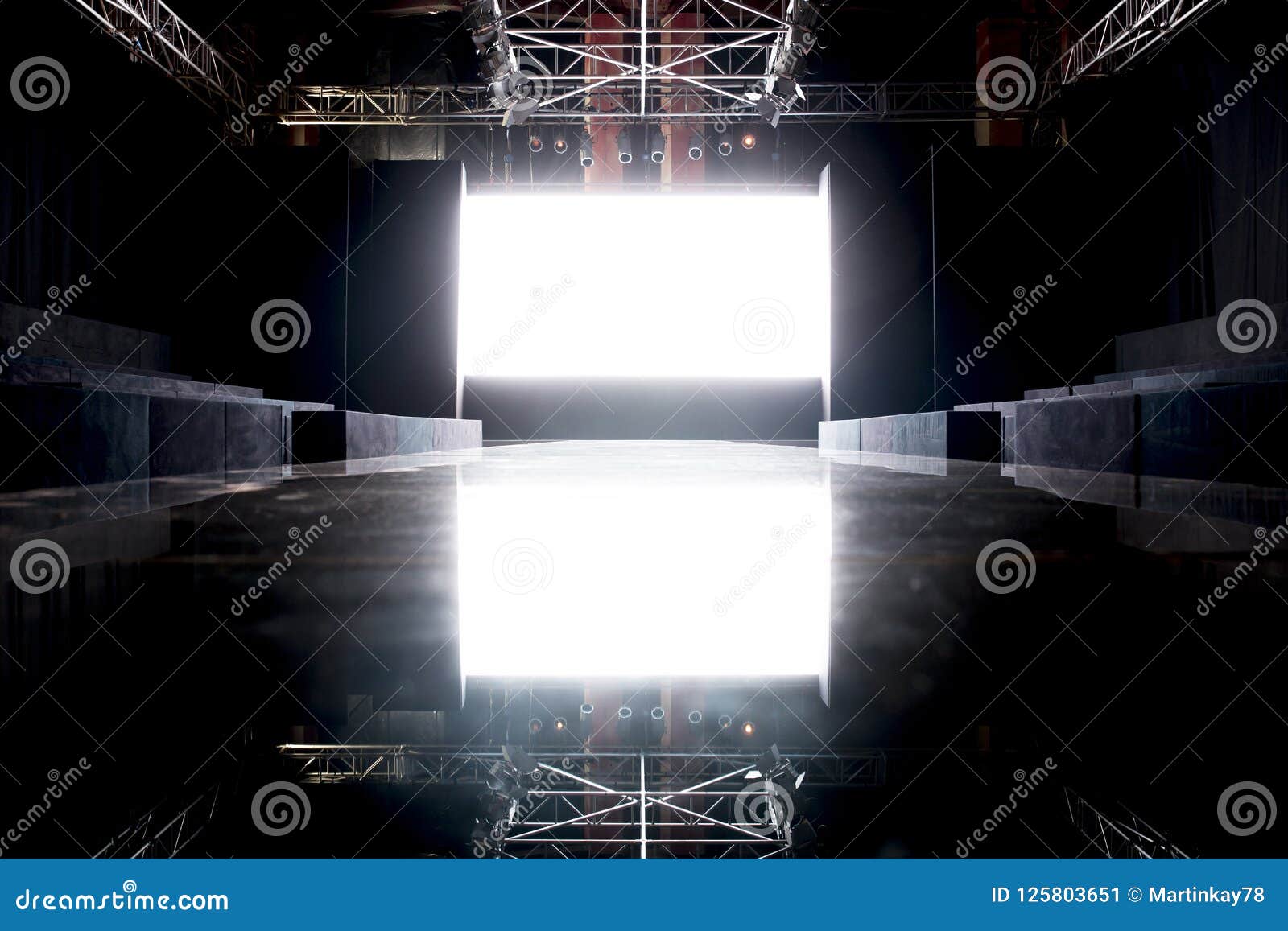
The invitation was a simple newspaper page sent out ten days before, which featured the information about the show circled in red, lost among the ads. They were sitting on rough wooden benches in the Café de la Gare theatre, among them Jean-Paul Gaultier, waiting for the first show of the Belgian designer Martin Margiela, who had just graduated from the Royal Academy of Fine Arts Antwerp. Late October 1988, in a small Parisian cabaret with 300 seats, the fashion world was in turmoil. The Martin Margiela spring-summer 1989 show And while Thierry Manfred Mugler sadly passed away earlier this year, the glamorous extravagance of his house lives on, perpetuated by the brilliant American designer Casey Cadwallader who joined the house in 2017 – and who demonstrated it in the video of his latest spring-summer 2022 collection.Ģ. A real fashion moment, whose lasting impact was showcased in the exhibition dedicated to the creator at the Musée des Arts Décoratifs (the Paris Museum of Decorative Arts) until last April. Some of the cult looks from this show have made history: his metal and Plexiglas jumpsuit designed with the artist Jean-Jacques Urcun made the front page of the most prestigious fashion magazines, as well as his velvet and satin dress inspired by the painting The Birth of Venus by the Renaissance painter Botticelli, which would be worn by Cardi B at the Grammy Awards in 2019. As a backdrop, he designed a spectacular stage with a huge star at its centre, a reference to the heady Angel fragrance. To the tune of Bobby Byrd and James Brown's Sex Machine, supermodels Naomi Campbell, Jerry Hall, Claudia Schiffer and Kate Moss wore his most iconic creations, confirming his boundless genius. This was unheard of for a fashion show, and it would become a habit over the next few years.

Empty fashion show runway stage with crowd full#
Once again, he oversaw all the details of the completely outrageous show, which aired on television, in full and live on the local TV network Paris Première. To celebrate the 20th anniversary of the brand, the designer repeated the experience, but this time at the Cirque d'Hiver venue. In an exceptional turn of events, Thierry Mugler coordinated everything himself, from the lights to the set, including the 250 outfits that were shown to a soundtrack compiling the hits of the time. The event was memorable: in all, 6,000 paying guests attended the show. Organised at the Zenith concert hall in Paris, the show took place on a 35-metre catwalk and was open to the public for the first time (something that inspired other labels, such as Marine Serre for her spring-summer 2023 show last June and Diesel's upcoming show in September). He made his mark in 1984 with an anniversary show of unprecedented scale, ten years after the creation of his house. Thierry Mugler was the first – and probably the best – showrunner in fashion. The Thierry Mugler fall-winter 1984-1985 and fall-winter 1995-1996 shows From Alexander McQueen to Martin Margiela, including Yves Saint Laurent, discover five fashion shows that revolutionised the history of fashion.ġ. Far from the stiff rituals of Haute couture presentations, ready-to-wear opened up a wealth of possibilities and fashion designers became stage directors, transforming the catwalk into short shows in which they expressed their creative vision. In the late 1960s, the advent of ready-to-wear and the popularisation of fashion transformed the purpose and format of fashion shows, while the role of designers evolved: new names such as Thierry Mugler or Jean-Paul Gaultier surfaced.

From time to time, couturiers would venture beyond these plush padded spaces to explore other venues: the stage for instance, like Paul Poiret who designed the costumes of the play Le Minaret in 1913, while Gabrielle Chanel created the outfits for the Russian ballet Le Train Bleu in 1924.

In the first half of the 20th century, Haute couture creations were presented on models to a handful of valued clients and a few journalists in the intimacy of small private rooms. Presenting a collection did not always involve spectacular shows.


 0 kommentar(er)
0 kommentar(er)
